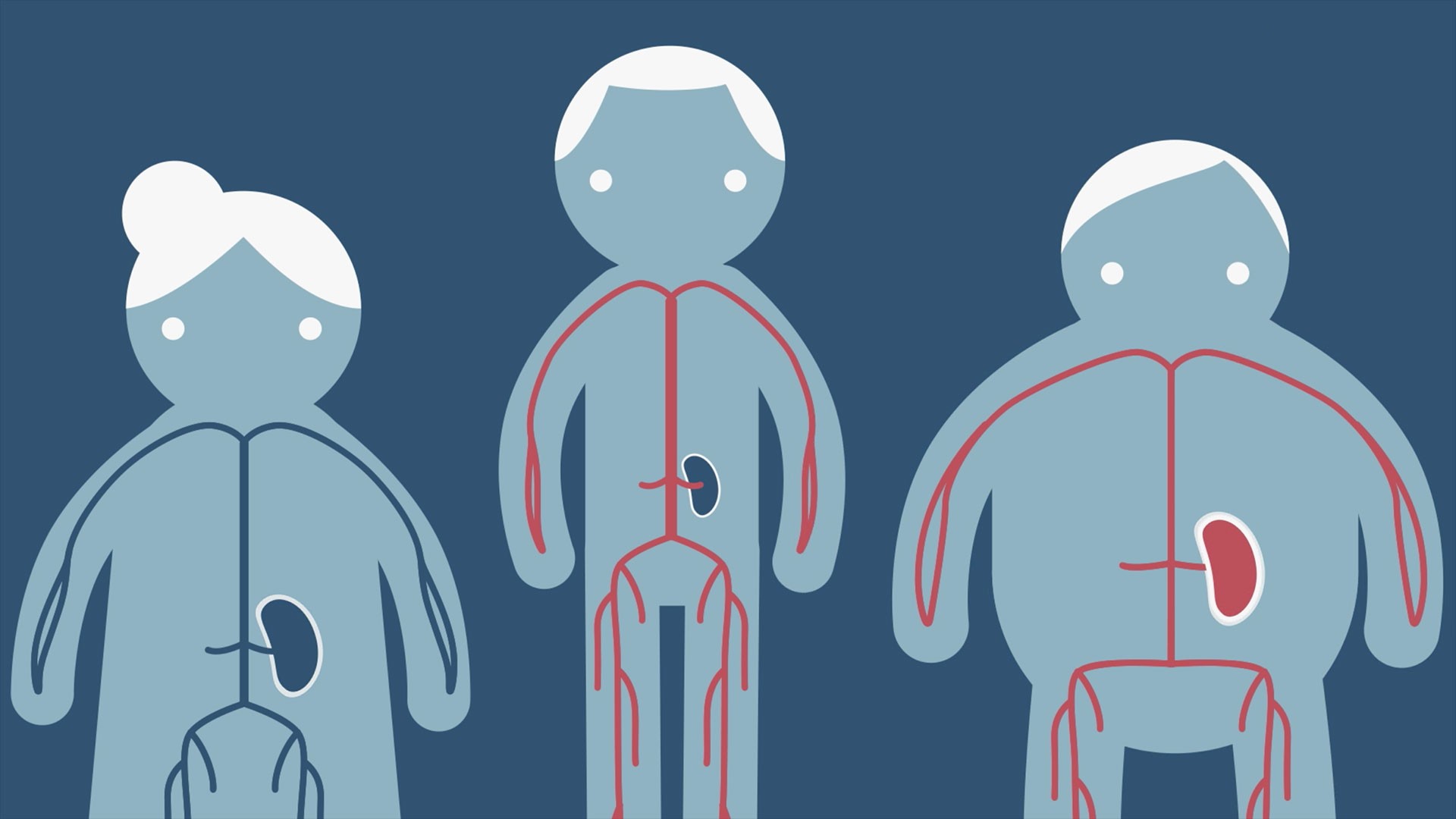Black and Hispanic patients are less likely than their white peers to receive kidney transplants from live donors, according to a new study. That’s despite efforts to eliminate racial and ethnic disparities, suggesting that new policies will be needed to eliminate the imbalance. And since patients who receive kidneys from live donors tend to do better health-wise than those on long-term dialysis or who receive kidneys from deceased donors, who gets those organs can have real consequences.The study, published yesterday in the Journal of the American Medical Association, examined 453,162 transplant candidates between 1995 and 2014, with follow-up through 2016. They analyzed the data to see which patients received a live donor kidney after spending two years on the waiting list. (Overall, just 13.1 percent of people on the list got one within that time frame; 22 Americans die every day waiting for an organ.)In 1995, 7 percent of white patients on the list received a live donor kidney within two years, compared to 6.8 percent of Hispanics, 5.1 percent of Asians, and 3.4 percent of blacks. By 2014, black and Hispanic patients were actually less likely to get a live donor kidney than before: 11.4 percent of whites received live donor organs, compared to 5.9 percent of Hispanics, 5.6 percent of Asians, and just 2.9 percent of blacks.It’s not totally clear why the disparities exist—or why they’ve increased over time. It’s not that more patients are vying for fewer donated organs. In fact, over the almost two decades of data, there are periods when the total number of donations increased. Between 1995 and 1999, for example, there were 999 live donor kidney transplants among Hispanics; between 2005 and 2009, that number was more than double at 2,628. (A related grim note: Since 2014, the number of deceased-donor kidneys have increased, correlating with deaths due to the opioid crisis.)An accompanying editorial notes that black and Hispanic patients have historically had lower rates of knowledge about transplantation, referral by doctors, and access to the national waiting list for kidneys. Socioeconomic status is also associated with referral and access to transplantation; patients of lower socioeconomic status have historically been less likely to find a suitable living donor, regardless of their race or ethnicity.
Watch More from VICELAND:
The editorial authors outline several potential reasons for that: Rates of obesity, diabetes, and high blood pressure are higher among black and Hispanic Americans, which may prevent some people in the patient’s family or close social network from becoming donors. Access to healthcare was also a factor; the timing and quality of medical care before developing end-stage kidney disease can affect how much people know about live kidney donation as a treatment option.Plus, there’s almost no incentive for anyone to donate a kidney, which, in addition to being a time-consuming, invasive process, requires taking time off from work. Potential donors with lower socioeconomic status who may not have paid time off are less likely to be able to give up income in order to donate.Research shows that 53 percent of living kidney donors had more than $1,000 in out-of-pocket costs, including travel and healthcare, as well as indirect costs such as lost wages. And 20 percent had more than $5,000 in out-of-pocket costs. For many would-be donors, that’s simply not manageable.Local and national initiatives have tried to bridge the gap. The Medicare Improvements for Patients and Provider Act in 2008, for example, sought to educate patients at dialysis centers about their transplant options.But the data shows such efforts haven’t been enough. The JAMA editorial concludes that “factors related to lower socioeconomic status and current economic pressures” are strong barriers to eliminating the disparities. Until it’s possible for people to offer up a kidney without suffering the potential financial hardship, it may be difficult to get patients the organs they need.Read This Next: Kidney Coupons Would Help People Who Need Transplants
Advertisement
Advertisement
Watch More from VICELAND:

The editorial authors outline several potential reasons for that: Rates of obesity, diabetes, and high blood pressure are higher among black and Hispanic Americans, which may prevent some people in the patient’s family or close social network from becoming donors. Access to healthcare was also a factor; the timing and quality of medical care before developing end-stage kidney disease can affect how much people know about live kidney donation as a treatment option.Plus, there’s almost no incentive for anyone to donate a kidney, which, in addition to being a time-consuming, invasive process, requires taking time off from work. Potential donors with lower socioeconomic status who may not have paid time off are less likely to be able to give up income in order to donate.Research shows that 53 percent of living kidney donors had more than $1,000 in out-of-pocket costs, including travel and healthcare, as well as indirect costs such as lost wages. And 20 percent had more than $5,000 in out-of-pocket costs. For many would-be donors, that’s simply not manageable.Local and national initiatives have tried to bridge the gap. The Medicare Improvements for Patients and Provider Act in 2008, for example, sought to educate patients at dialysis centers about their transplant options.But the data shows such efforts haven’t been enough. The JAMA editorial concludes that “factors related to lower socioeconomic status and current economic pressures” are strong barriers to eliminating the disparities. Until it’s possible for people to offer up a kidney without suffering the potential financial hardship, it may be difficult to get patients the organs they need.Read This Next: Kidney Coupons Would Help People Who Need Transplants